I’m pretty sure you’ve heard about affiliate marketing but haven’t completely understood how it operates, how people make money off of it, and more generally what affiliate marketing is.
In a very strimmed-down, succinct, and short definition, affiliate marketing is a marketing business model where your customers and/or readers become your salespeople.
How come? Today, we’ll cover all the questions you have about affiliate marketing, including:
- What is Affiliate Marketing?
- What Are the Relationships in Affiliate Marketing?
- What Are Affiliate Networks?
- How Do I Become an Affiliate?
- How Do I Become a Merchant?
Ready? Let’s dive in.
What Is Affiliate Marketing?
Affiliate marketing is a pay-for-performance form of marketing where an affiliate sells items on behalf of a merchant for an agreed-upon rate or percentage of the sale.
It’s a great form of advertising for ecommerce stores since funds are only exchanged after a sale is completed, but it works for every business model out there.
As long as you have a product to sell, or can find a product to promote, you can take part in affiliate marketing.
What makes this form of marketing stand out is that it benefits everyone involved. On the customer side, they’re able to find products they might not have found on their own and get an endorsement from someone they (presumably) trust.
While on the marketing, merchant, and network side (more on this later), everyone enjoys a cut of the sale.

81% of brands have an affiliate program.
And that doesn’t look to be decreasing anytime soon. The revenue from affiliate marketing has increased almost 23% year-over-year since the second quarter of 2017.
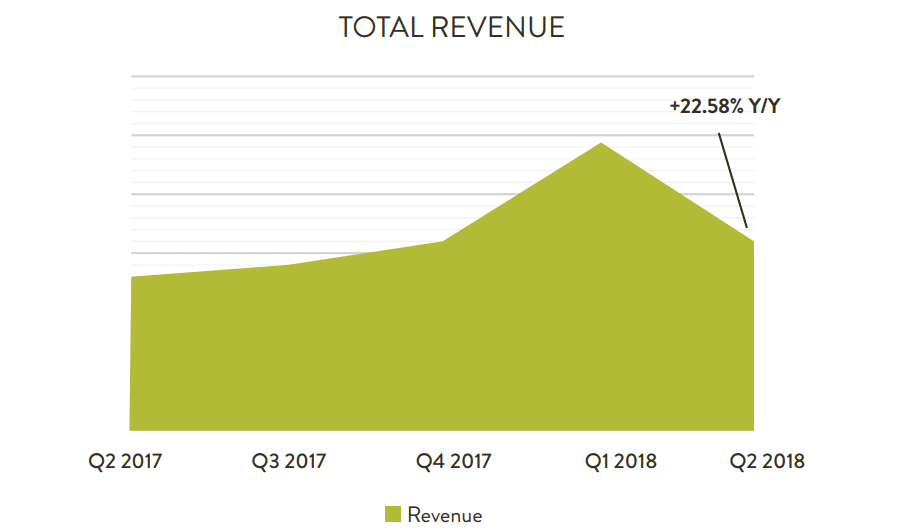
Sometimes referred to as a partner program, affiliate marketing programs come in every size and shape to fit the many businesses they’re attached to. For instance, you can peep Mailchimp’s program below:
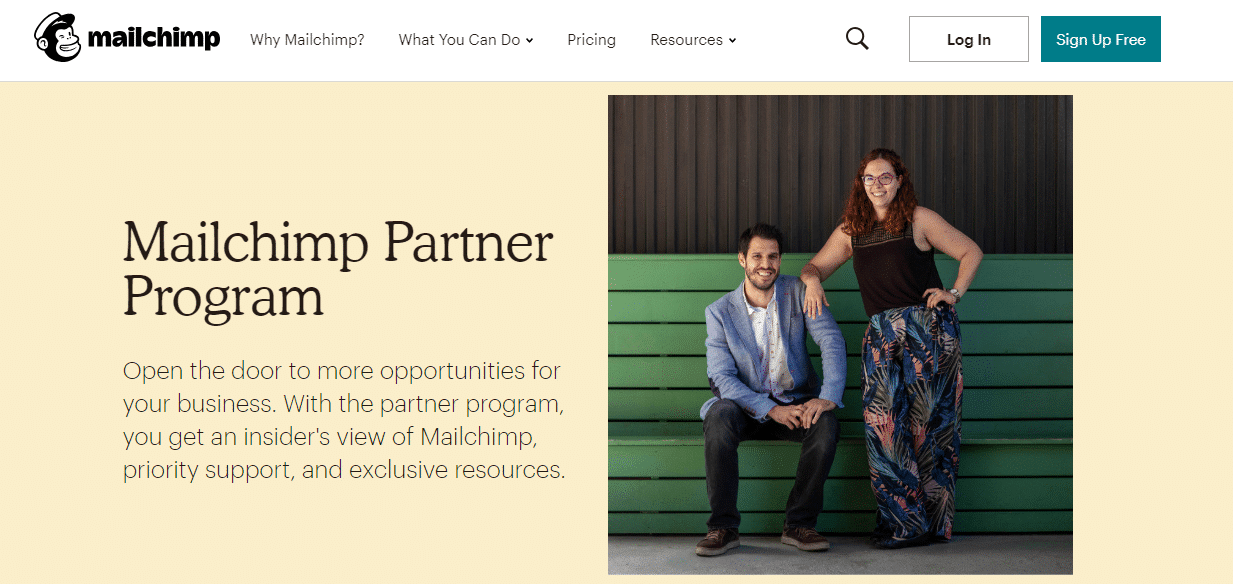
And another affiliate program from The Vitamin Shoppe:

Affiliate programs can work for you even if you’re not a big name. Entrepreneurs across the web are using affiliate marketing programs to sell their goods.
And in some cases, their sales are enough to create million-dollar marketplaces, like Poster Gully.
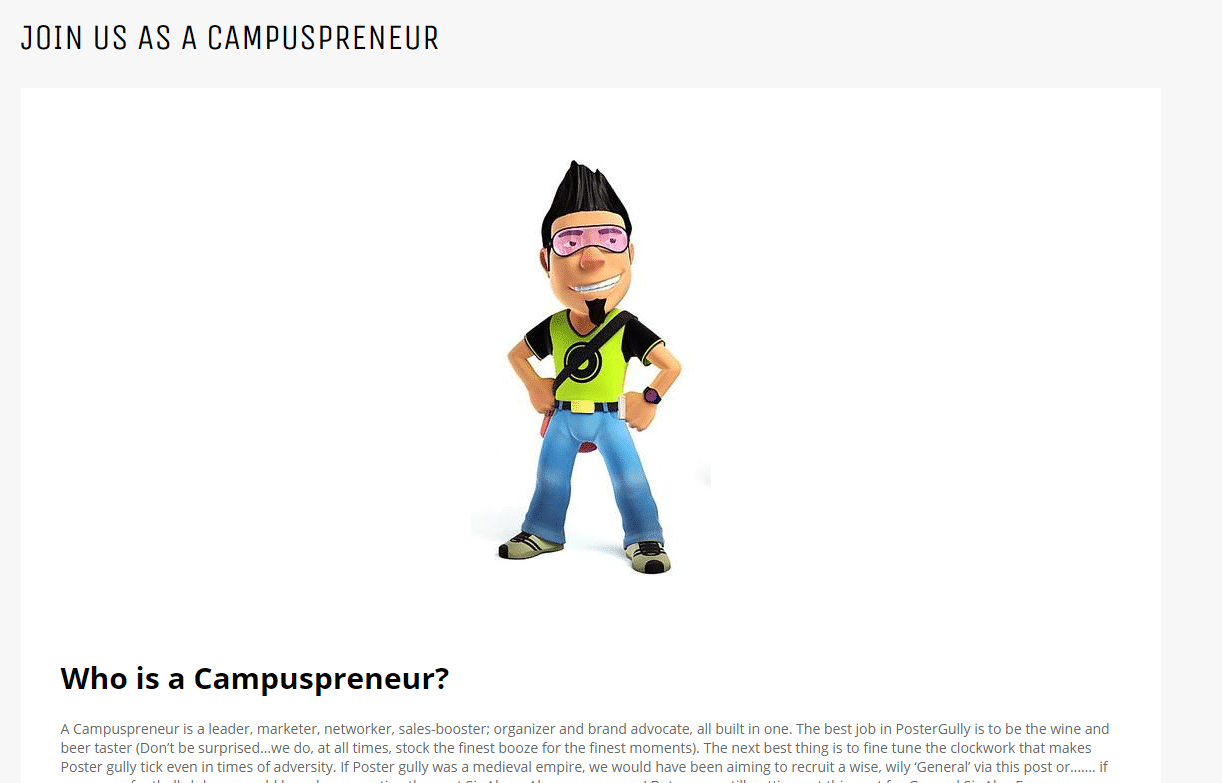
So, what is affiliate marketing?
A system that, at its best, works for everyone involved and moves more products to more customers. Accessible and ample, affiliate marketing is an excellent choice for anyone who wants to grow their bottom line. Whether you’re the seller or the merchant.
None of this tells you exactly how affiliate marketing works. To understand that, you have to dig into the relationships involved in affiliate marketing.
(Suggested reading: How Much Is My Website Worth?).
What Are the Relationships in Affiliate Marketing?
Affiliate marketing is all about the relationships forged between people. The relationship between the customer and the affiliate needs the same bedrock as the relationship between the affiliate and the merchant: solid trust, fair terms, and transparency.
Transparency isn’t just a suggestion, by the way. It’s a legal requirement in the United States.
In the most bare-bones version of affiliate marketing, there are three parties involved:
- The customer (audience)
- The affiliate (promoter)
- The merchant (owner)
Here’s an excellent visual overview of the cycle of sales in affiliate marketing:
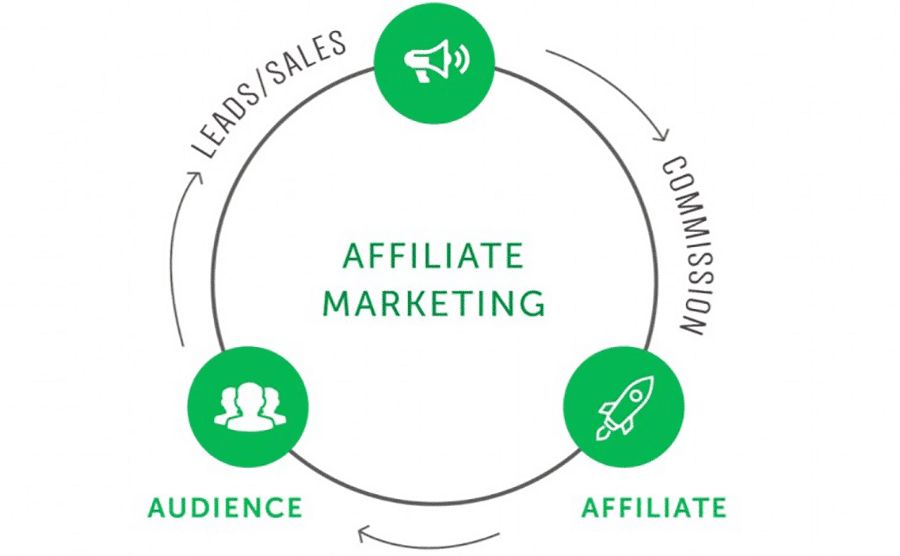
With affiliate marketing making up to 16% of all ecommerce sales, this cycle represents the primary process from an affiliate’s point of view.
First, the affiliate finds a product and connects with the merchant behind it. Then, the affiliate and merchant agree upon a given commission rate — either a flat fee or percentage — when the affiliate lands sales on behalf of the merchant.
The affiliates then promote the product to their audience, often using a special link to track their sales and referrals. After the transaction completes, the merchant turns over the commission.
Wash, rinse, and repeat for the affiliate lifecycle.
If you prefer visual learning, here’s another view of the process:
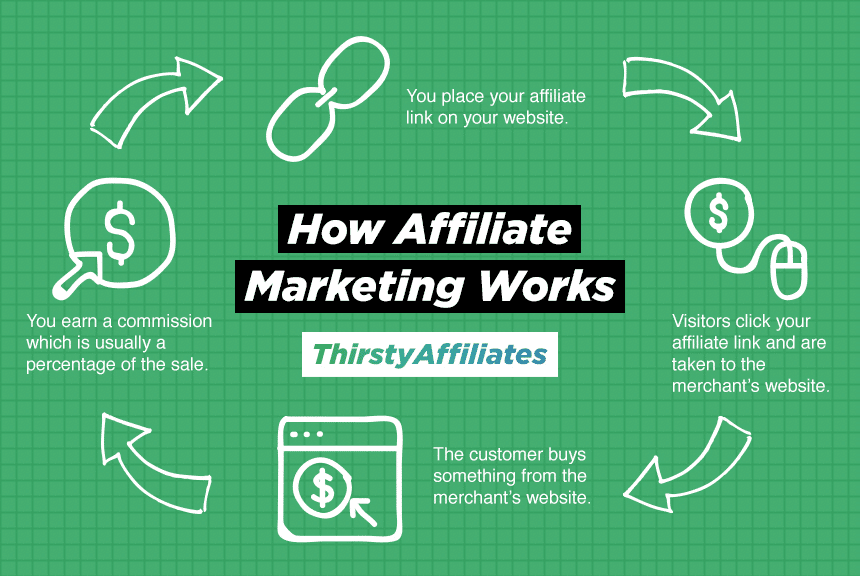
The commission rate for affiliates varies between individuals, industries, and businesses. No standardized fee is agreed upon as the best, though 30% is the upper-limit across the board.
But it’s by no means a rule.
Case in point, 3dcart offers a much higher commission rate. About 100 times higher:
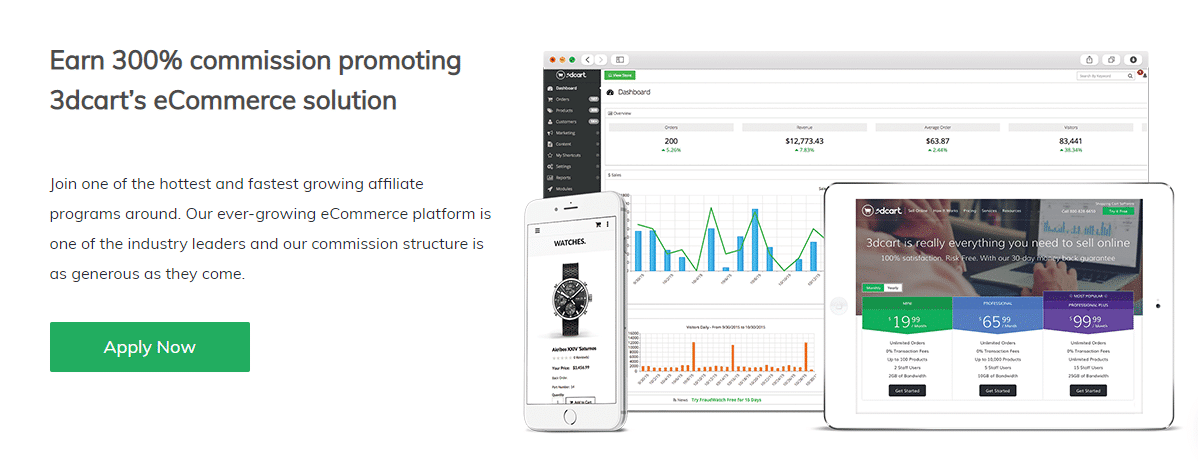
But this kind of rate won’t work for everyone. Paul Jarvis had to close his affiliate program down when a 50% commission rate became untenable for his bottom line.
So, as a warning: be conscious of the business behind an affiliate program because, if they can’t afford it, they’re going to close it.
Still, offering higher-end rates is a good practice to build relations, which are the core of what makes affiliate marketing work.
Focusing on relationship building helped one affiliate program go from $2,000,000 to $14,000,000 in two years.
It also helps their affiliate page convert at a rate 4.4x higher than their average site visitor.
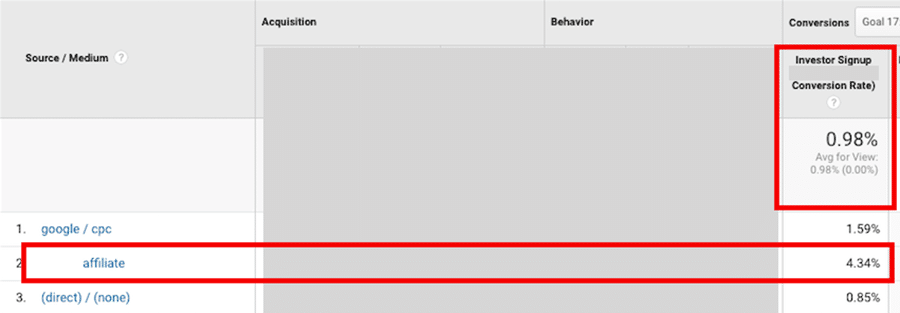
That’s how important relationships are to affiliate marketing.
So be fair, be transparent, and remember that affiliates aren’t your employees or employers. They’re your partners. And you can do great things together.
Provided you can get together, which is where the next question comes in.
What Are Affiliate Networks?
We’ve been skirting around this issue to now for a reason.
Well, two reasons:
- Affiliate networks, in our humble opinion, aren’t the best option out there.
- They’re not necessarily viable for smaller businesses.
Affiliate networks fit between the affiliate and the merchant, adding a third party to the sales mix.
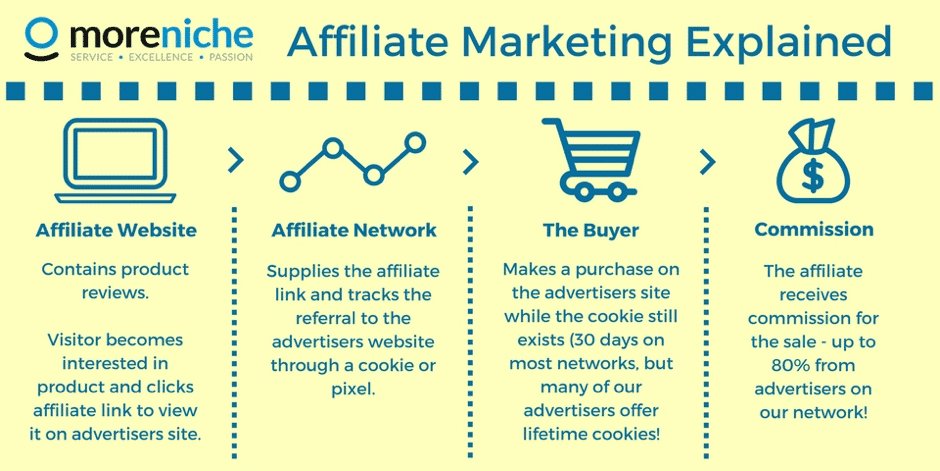
In a lot of ways, they make life easier in affiliate marketing. Networks connect affiliates with products they might not find on their own and give merchants an extensive database of potential partners to work with.
But, as you can probably guess, that comes at a price.
The terms of your affiliate program are beholden to the network’s policies, and you can expect a significant chunk of pocket change to go to their monthly maintenance.
Most of the big-name brands are part of an affiliate network. Rakuten Marketing and ShareASale are two particularly well-known examples.
For example, Walmart uses Rakuten Marketing for its affiliate program.

Brit + Co, an online course and content site popular with millennial age women, use ShareASale.

Other more accessible affiliate networks also include Amazon and Skimlinks. Their increased accessibility is likely why, despite not being used by the larger businesses, both top the charts for market share.

Amazon, in particular, has become a strong contender for bloggers and review sites interested in affiliate marketing.
The WireCutter, an electronic review site which was acquired for $30,000,000 in 2016, uses Amazon’s program to make the majority of their income.
And, a blog with no more than one birthday to its name managed to pull in close to $3,000 a month with Amazon’s affiliate program. Although this was back in 2016, it’s definite proof that an affiliate doesn’t have to have years behind them to make a decent monthly income.
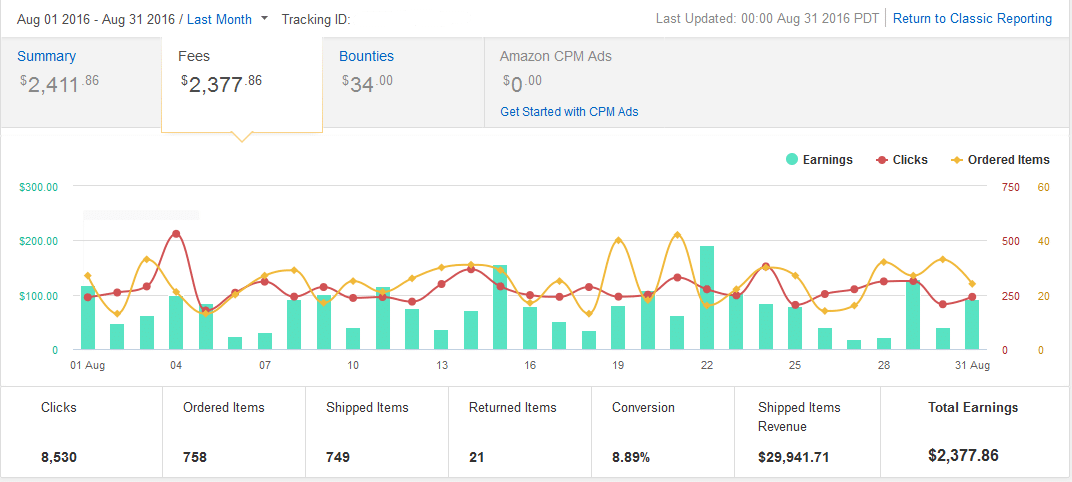
So, affiliate networks aren’t all bad. We still chose to create our own rather than work with someone else, but if you’ve got the budget to spare and want to get up and running as quickly as possible, the vast pool of potential affiliate networks a merchant can connect to are worth considering.
How Do I Become an Affiliate?
OK, we’ve talked a lot about the people involved in affiliate marketing, but we’ve saved the best person for last.
So let’s talk about how you fit into affiliate marketing.
If you’re a blogger, you’ve got options. The bigger your audience, the more opportunities there are.
But it doesn’t have to be too big. In fact, an audience on the smaller side put you in the “micro-influencer” realm, and companies love micro-influencers.
Micro-influencers deliver better engagement and cost less than larger-scale influencers.
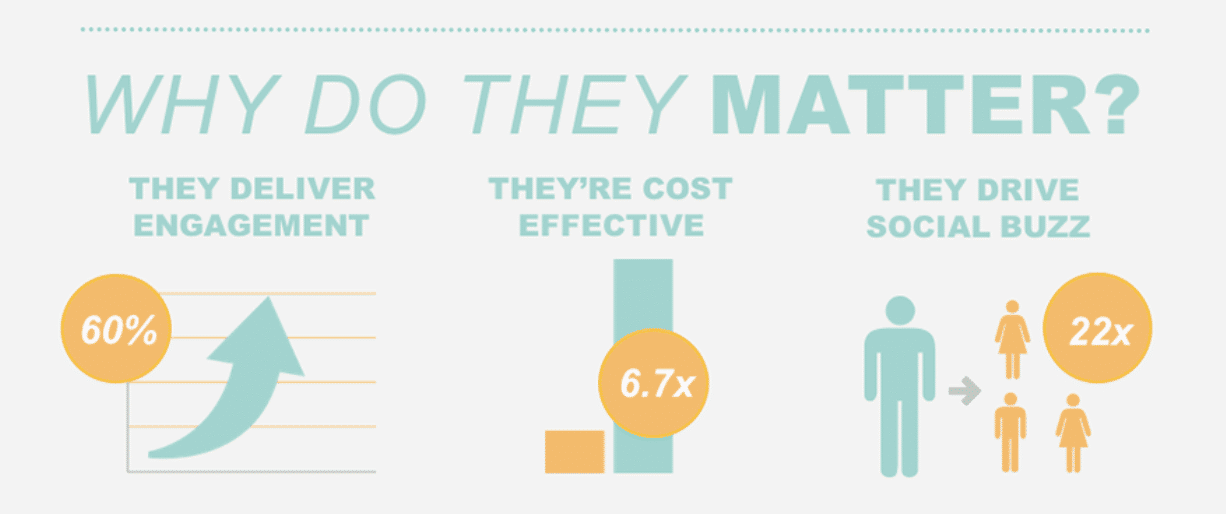
Naser Alubaidi, the growth marketer behind Venngage puts this nicely:
“In the past, affiliate marketing was limited to influencers who have a large audience reach. However, due to social media, and specifically Instagram, Snapchat and Twitter, anyone can be an affiliate (and an influencer).”
That said, you still need some measure of influence.
You can build yourself up in a year’s time, as the example we looked at earlier demonstrated, but you could be in the game for five years and never make a lick of affiliate income if you haven’t identified and researched your niche.
Narrowing in on your niche should be the next step after you create your WordPress blog.
Here’s the rundown.
Step 1: Join a Network And/Or Partner Program
Or, start your own. We’ve mentioned a few networks you can join already, but others worth considering include CJ Affiliate and VigLink.
If you’d rather not go that route —I understand — you can find partner programs with a quick search. What’s your niche? Use that to find potential programs you can apply to join.
As an example, if you’re putting together a beauty blog, you might want to start out with cosmetic dealers. Go for the well-known names first to see if they have a program for you.
As an example, Ulta has a program you might join.
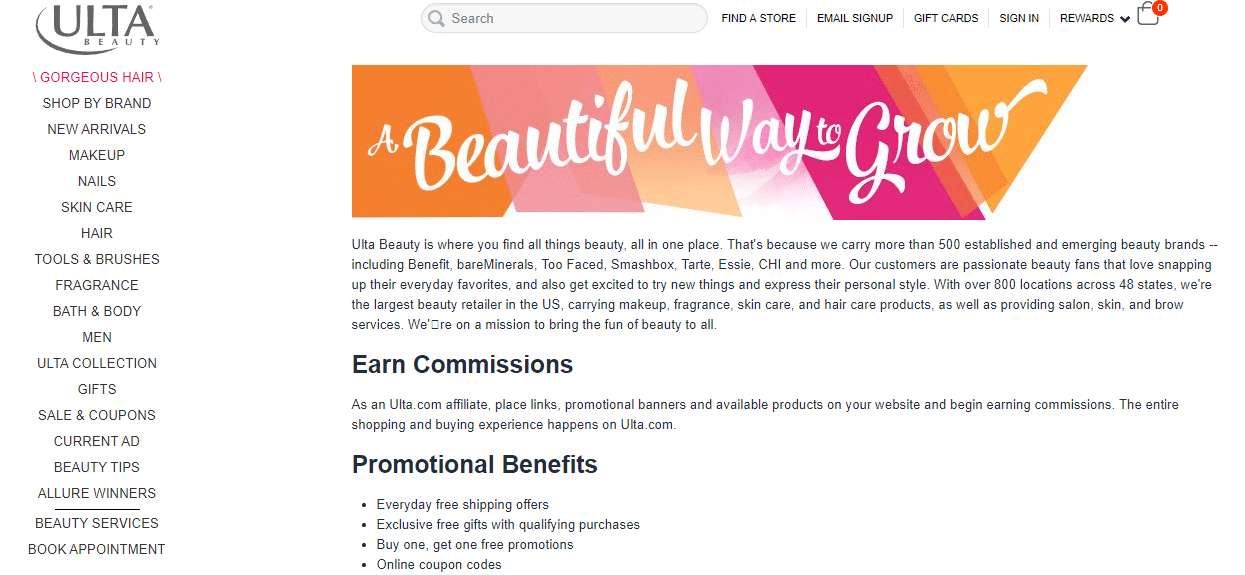
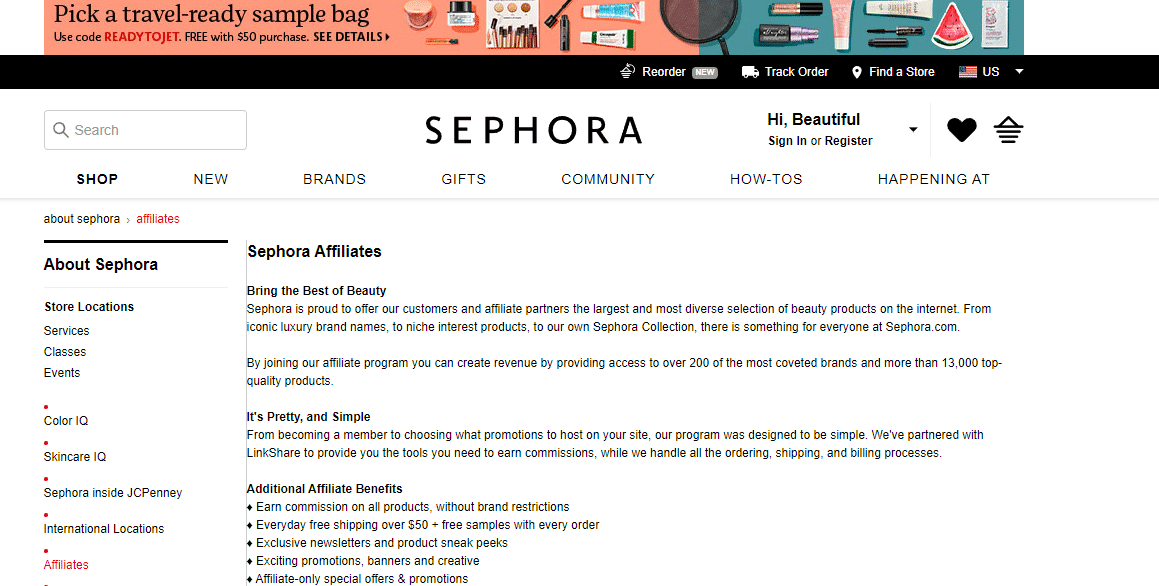
But if neither of these programs works for you, a simple search for “beauty affiliate program” can deliver you to hundreds of potential avenues in a few seconds.

The same process would apply for food blogs and travel blogs, as well. Whatever your niche is, use that to find relevant programs, apply to be a partner, then proceed to the next step.
Step 2: Pick Relevant Products
Just because a retailer fits your niche doesn’t mean every product is going to be right for you. You have to put work into selling these products to earn a commission, so it’s important to find products that will actually resonate with your audience.
For instance, your niche would probably be a lot smaller than “women’s beauty products.” If you were selling beauty products from overseas, you’d want to find affiliate goodies that meet this criterion.
Profitable, niche-relevant products are the key to getting sales pages that look like this:
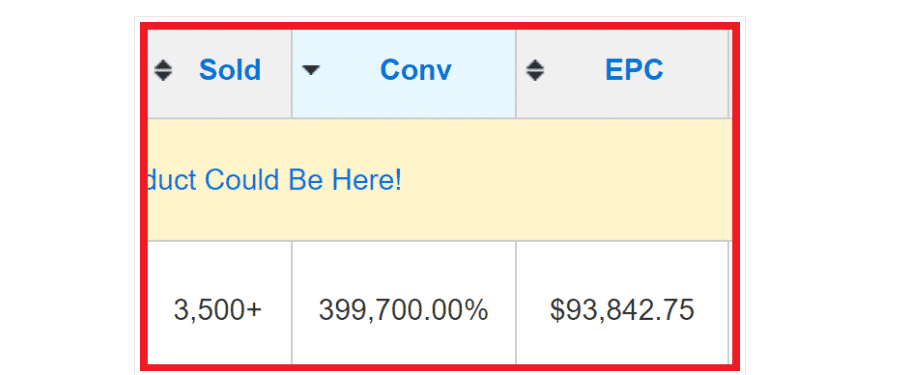
It’s even better if it’s a product you personally believe in and can vouch for. Becky Mollenkamp, an online entrepreneur and small business owner, has made hundreds over the last few months thanks to her advocacy for a product she truly believes in.
Once you’ve got these two steps knocked out, you’ve got the hard part down. But now it’s time for the hustle, aka: promotion.
Step 3: Promote Products
Blogging is a pretty easy way to get started with product promotion, though it’s not as simple as plugging a product in and telling people to buy it. You have to produce high-quality content (which usually means long-form) to make your case.
Longer blog posts may take more time but they can generate as much as nine times more leads, so they’re worth it for an affiliate.
NerdWallet, as an example, makes most of its income off of its partnerships. Almost all of their posts, even their reviews, exceed the 1,000-word mark.
Like this 6,000-word post on the best credit cards of 2018.
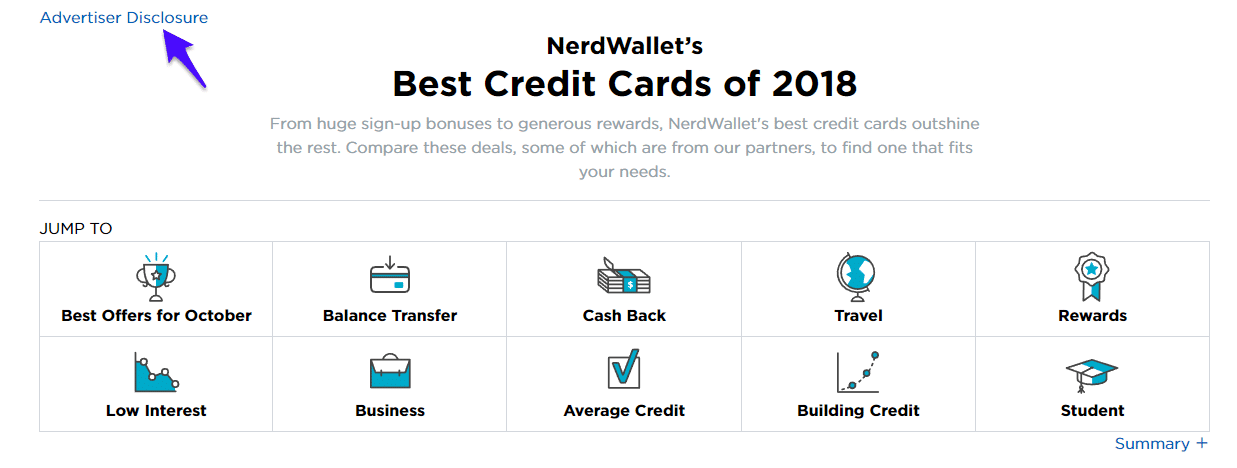
Loaded with affiliate links but focused on providing a use for the reader — rather than just making sales — this piece is a strong example of how to do affiliate blogging right.
It’s also an excellent example of how to use long-tail keywords to drive traffic to your affiliate links. Long-tail keywords like “best credit card of 2018” helped one affiliate make $16,433.
If you’re not familiar with long-tails, you can read more about them in our SEO checklist.
In the meantime, here’s how to find the best of them.
First, bounce over to LongTailPro.

Scroll down to make the drop-down menu pop-up with the free trial offer, then click that and sign up for an account.
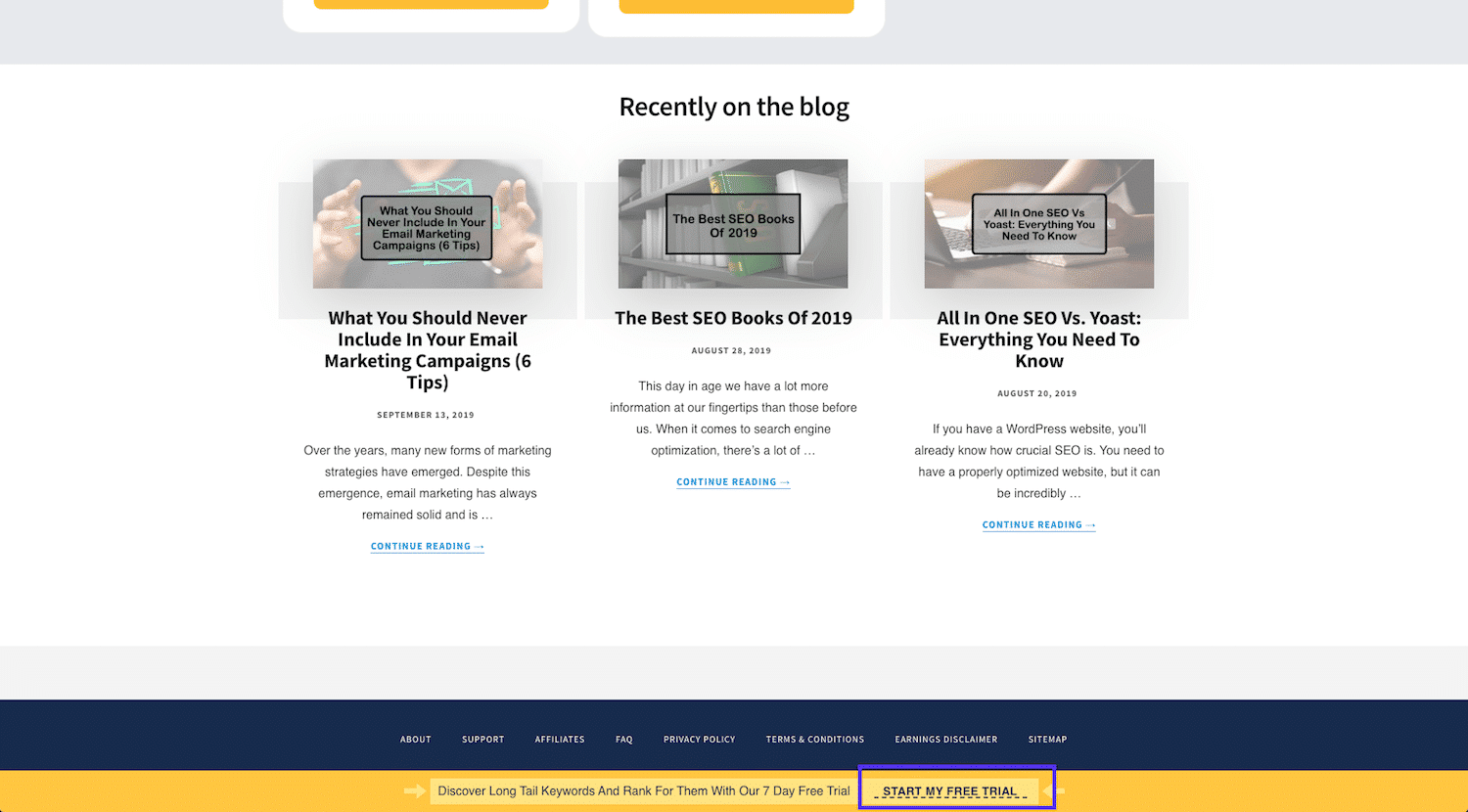
Once you’re done with that, you’ll be taken to the dashboard.

Search for long-tail keywords by entering a few seed keywords into the indicated box. In this case, let’s look for keywords related to digital cameras.
Here are our results. By default, you’ll only see 20 or fewer results, but you can change the parameters to pull more.
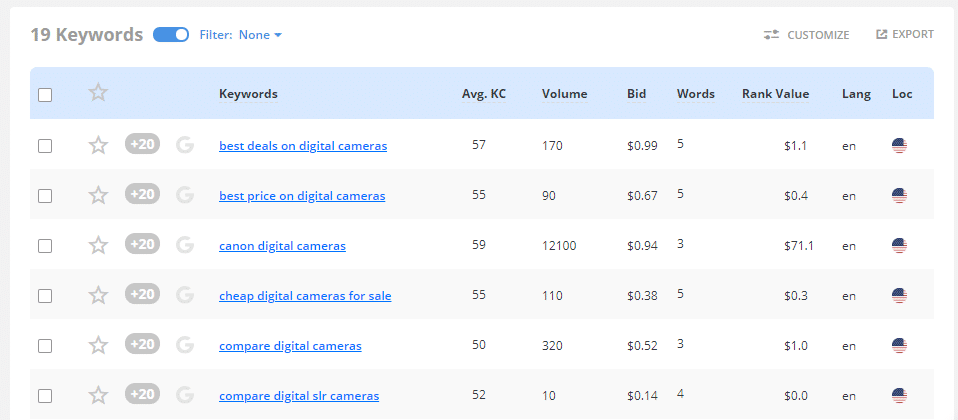
These are already strong suggestions that give us a clear idea for how to create content for this kind of product, but there’s more we can learn from this tool. Let’s sort it by volume to see how the competition stacks up.
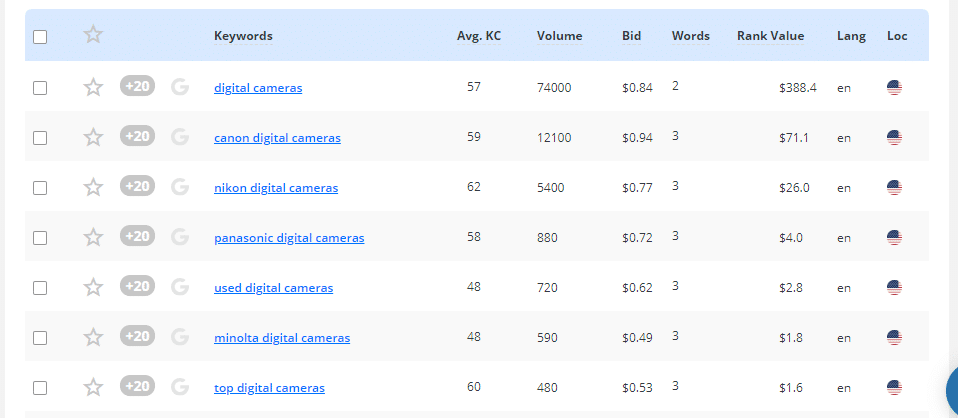
“Digital cameras” is going to be entirely too pricey for us to bother competing against (as are the next two options) but the competition drops off a lot and still has some decent volume behind it after that.
Let’s look a little more closely at “Panasonic digital cameras.” Click on the link to view more information.
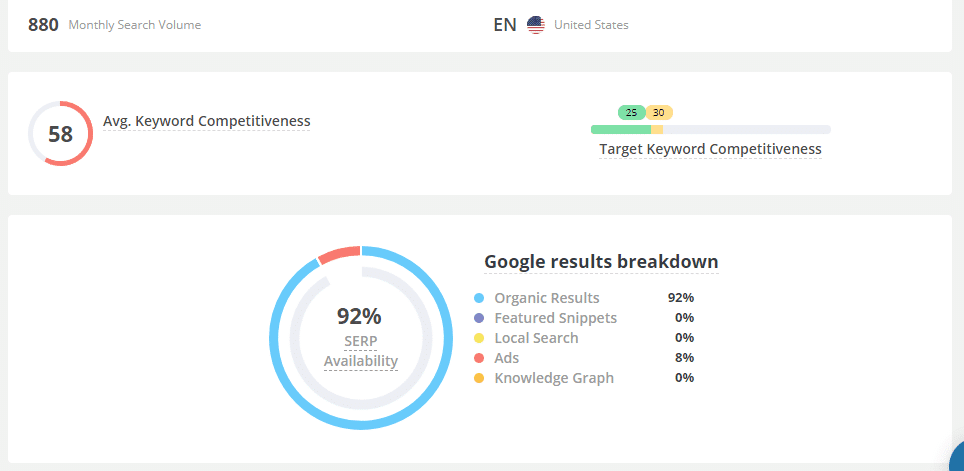
With mostly organic results and decently manageable competition, this one could make a viable long-tail for someone trying to create content around digital cameras.
But that’s not all this tool can show up. Keep scrolling down to scope out your competition.
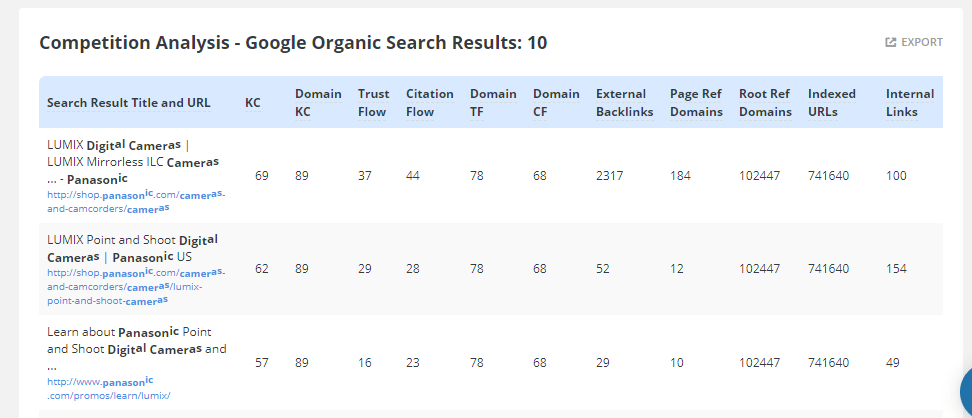
Nice, right?
While blogging and SEO would be our first suggestion for promoting your products, you should leverage your email list and social media, too. Twitter marketing is an exclusive art unto itself, but if you’ve already got an audience there, it’s worth a try.
Step 4: Profit
This is a little tongue-in-cheek but after you’ve joined a program, found a product, and promoted it, there’s only one thing left to do: profit from it.
Affiliate marketing is beautifully simple like that. At least in theory.
How Do I Become a Merchant?
Becoming a merchant in affiliate marketing is a little trickier than becoming an affiliate, though it shares many of the same steps. If you’re already an established ecommerce store, you can skip steps one and two.
If not, full steam ahead.
Step 1: Identify a Niche
If you remember, affiliate marketing hinges on the relationships involved. As a merchant, you have an additional relationship to maintain: one with your customers.
And if you want to create an affiliate program or ecommerce store that brings in more than pocket change, you need a niche. You’ll get fewer leads with a niche market, but a much higher conversion rate.
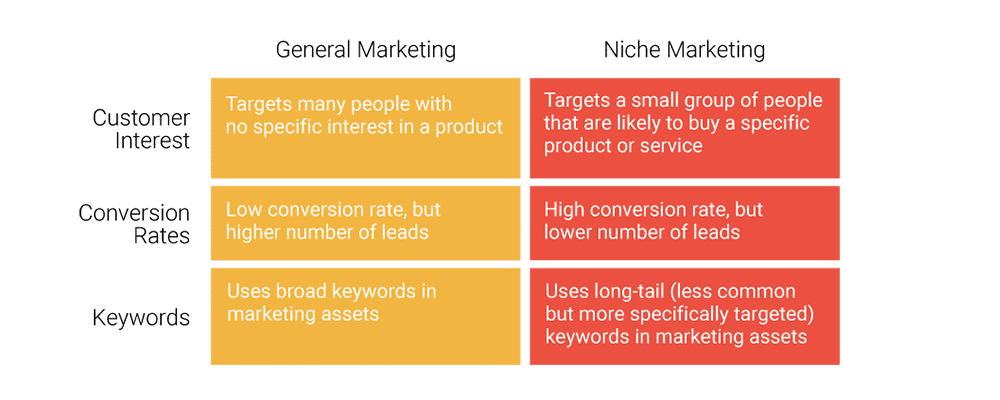
A mass-market can work for certain products — like Apple products — but for a store that’s interested in generating sales as quickly as possible, a niche is the way to go.
It’s also vital if you want to work with affiliates who have a lot of sway with an audience. Which means you’re going to need someone who has their own niche appeal.
You can identify a niche in one of two ways.
- Start with a product.
- Start with an audience.
If you have a product you want to sell already, you should devote your efforts to finding a market need for it with a specific audience. Instead of looking at demographics like location, look for audiences by psychographic attributes.
After all, 57% of shoppers have made a purchase with a retailer far and wide from them. If you limit your customers to a locale, you’ll be limiting your funds, too.
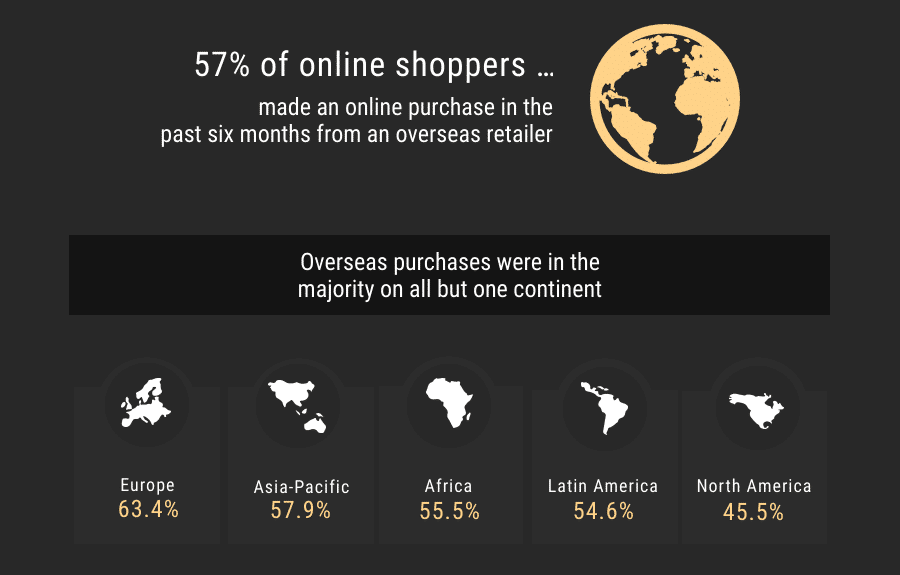
Examples of psychographic attributes might be hobbies, family life, and fiscal philosophy. The graphic below provides a great breakdown of how it differs from traditional demographics.

So if you were trying to sell a product like an online course in finance, your niche audience might have psychographic features like:
- Lower levels of financial literacy.
- Small business or startup owners.
- Values orderliness.
If the product you want to sell addresses the needs of people with those attributes, you’ve found the audience you should cater to. If it doesn’t, you need to keep searching.
Note that most ecommerce stores follow the second model — beginning with the audience — and then find a product, using the same parameters of market need.
Specific circumstances where you might instead begin with a product are instances where you’re creating something unique and new, at which point your goal will be to create demand, rather than answer it.
Step 2: Create Your Affiliate Program Terms
We’ve touched on the necessity of offering competitive commission rates. As a rule of thumb, your commission rate should start at 10%. But to start with the right foot, look to your competitors for setting your affiliate commission rates. What are they offering? See if you can offer better.
Affiliates have to put in work to sell your product — creating social media posts, blog posts, hosting webinars, and so on — so it needs to be worth doing.
Also, make your terms clear from the start. The more upfront your commission rate, the better. It’ll help you weed out people who want too much and save time for both parties by keeping everyone on the same page.
When we launched our own affiliate system, which is pretty darn good offering the highest payouts in the industry, we kept all this front of mind. Specifically, for every Kinsta hosting plan someone refers, they get a one-time signup bonus:
| Single 35k | $50 |
| Single 65k | $100 |
| WP 2 | $100 |
| WP 5 | $150 |
| WP 10 | $150 |
| WP 20 | $150 |
| WP 40 | $150 |
| Agency 20 | $150 |
| Agency 40 | $150 |
| Agency 60 | $500 |
| WP 60 | $500 |
| WP 80 | $500 |
| Above WP 80 | $500 |
And affiliates get a 10% monthly recurring commission for every referral, on top of the signup bonus.
But if you think I’m biased, I can tell you that BigCommerce is a good example to look at as well:

Other terms to consider with your own affiliate program include:
- whether it’ll be a single payout or recurring revenue (such as with a subscription service).
- whether to create assets for your program such as banners, social media templates, and logos. I know, this requires more time and resources but the more you give affiliates to work with, the easier it is for them to make the sale on your behalf.
- whether to set up with an affiliate platform or a WordPress plugin. Rewardful is a particularly easy-to-use platform to get started with for a fledgling affiliate merchant:
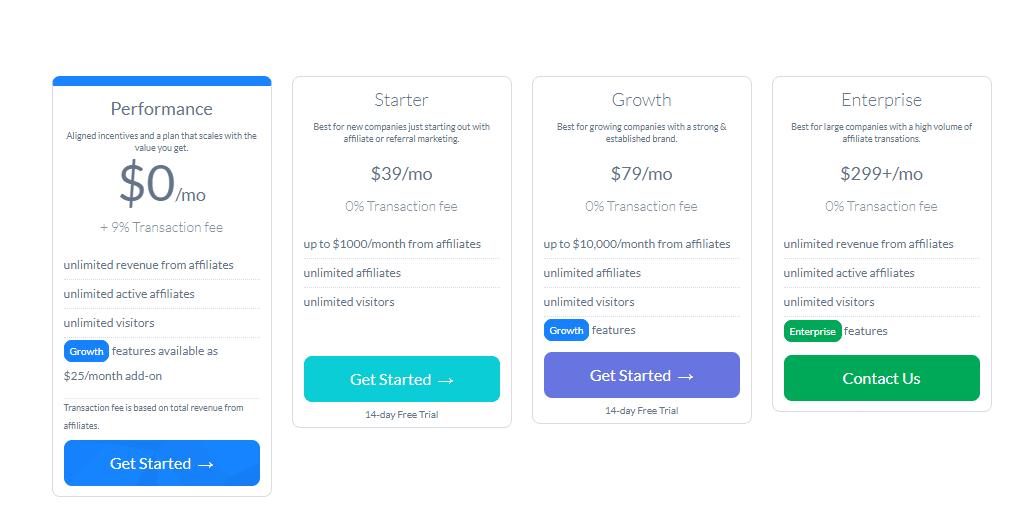
Once you’ve set your terms, post them on an easy-to-find page from your website — most people keep their links in the footer area — and attach a contact form. Then, promote it on your blog, social channels, and optimize it for search engines.
Or, if you prefer a more proactive approach, proceed to step three.
Step 3: Find Relevant Influencers
Letting affiliates find you is an easy way to cruise through, but if your business is brand new, it’s not going to get you traction anytime soon.
So instead, you need to go to them.
One of the easiest — and cheapest — ways to find relevant influencers is by searching for blogs in your niche. Start by running a long-tail keyword like “finance tips for small businesses” through Google.
Here’s what you get:
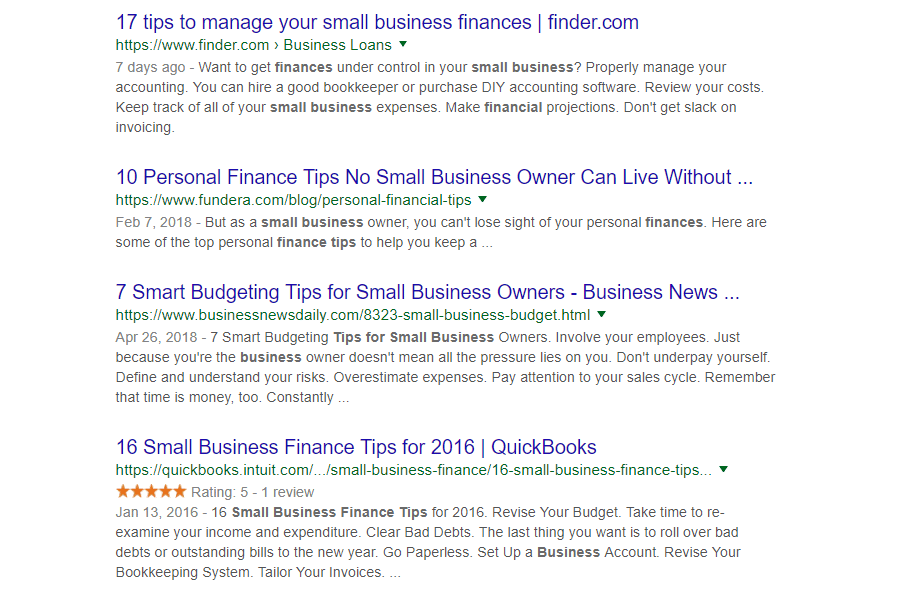
Then, follow the links and look for a “partner with us”, “work with us”, or “advertise” page. The first result yields us this in the footer.

Drilling down, we land on their partner page with their terms, which aren’t bad:
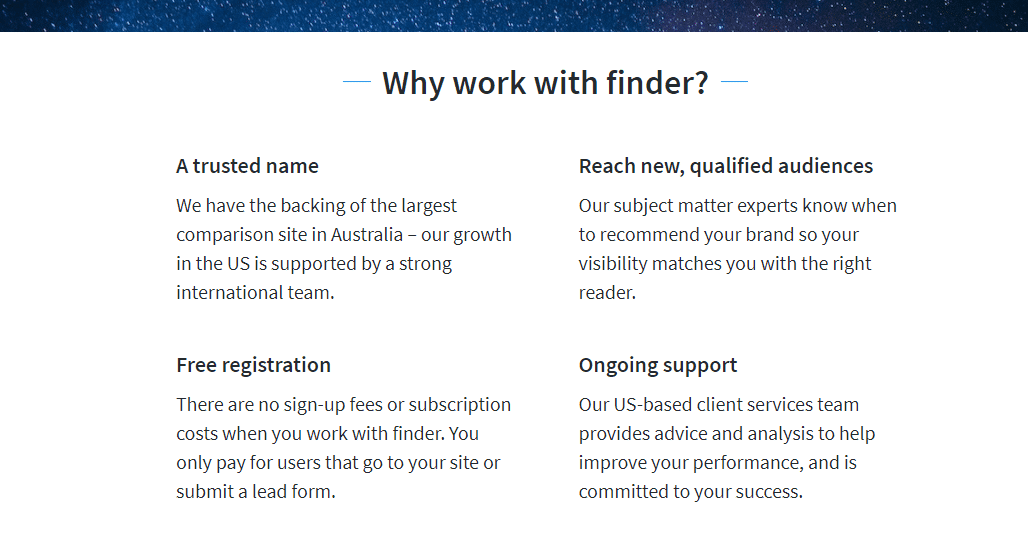
And since they were the first result for a long-tail keyword that’s relevant to the example niche, they’ve already demonstrated that they’re in a good place to reach organic traffic with our target audience.
So, what should you do now? Fill in your information and start the conversation. Keep repeating this process until you’ve gathered a handful of affiliates that you trust.
As they grow your audience for you, your own affiliate page should start seeing some momentum too. Which means our last step is pretty straightforward.
Step 4: Profit (Again)
Just like an affiliate, your last step as a merchant is to profit from your hard work. Track your sales through your plugins or platform, continue to expand your product offerings, and nurture your affiliates with expedient payouts.
After all, if you treat them right, they’ll become your star salespeople. And those are people worth keeping incentivized, right?
Summary
Affiliate marketing is a type of pay-for-performance marketing where a product is sold on behalf of a merchant by an affiliate. In exchange, the affiliate gets a kickback from the sale.
There’s nothing more important than the relationship between affiliates and merchants. Remember that they’re not your subordinates or your bosses: in an affiliate system, you’re partners who work to help each other.
Do this well enough and you can build a business from the ground up while putting tidy stacks of cash into your own pocket.
If you don’t know how to find an affiliate or merchant to work with and want to get started as soon as possible, affiliate networks can cut out a lot of the work. But they put the same cut on your control and bottom line, so consider this option carefully.
As a real-world example, Amazon has worked well for a lot of bloggers.
The steps to becoming an affiliate aren’t complex:
- You need an audience, but it doesn’t have to be on a superstar scale to make a difference. Even newborn blogs have made waves with affiliate programs.
- Then, join a program, find a product that fits your audience, promote it, and profit.
If you’re coming at it from the merchant angle, the process is similar. Start with a niche, create the terms of your affiliate program, find relevant influencers, and, of course, profit.
Affiliate marketing is hard but there are plenty of possibilities. Ready to take the dive yourself?


